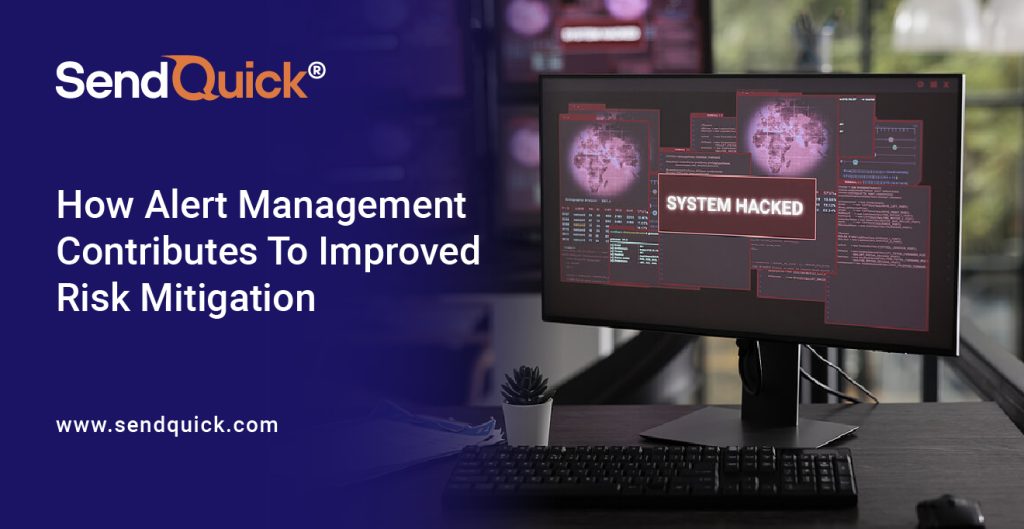Alert management systems are a technology that monitors various kinds of profiles, including threats, individuals, processes, and other entities, all in real-time and generates warnings about the risks and dangers they may pose. With the landscape of regulatory risk and financial compliance increasingly becoming more complicated, legacy rule-based alert systems can no longer keep up and are turning obsolete.
The overload of alerts which typically turn out to be nothing is common in such systems and only burdens IT teams, causing them to develop IT fatigue and miss out on the actual critical alerts. Hence, many organisations are now adopting modern alert management systems to keep attackers at bay and prevent unnecessary reputational and financial losses.
The Shortcomings of Rule-based Alert Systems
The amount of false-positive alerts and notifications are a troublesome inconvenience in rule-based alerts and is generally born from criteria based on previous experiences, including predicted downtimes, cash flow issues, and at times human intuition. Individually, these false positives are mildly hassling, but a flurry of them may lead to IT teams ignoring alerts entirely as they get overwhelmed by an endless list of warnings they no longer trust to be genuine.
Modern alert management addresses this issue with its near-perfect accuracy in screening legitimate alerts.
Core Functions of a Modern Alert Management System
Below are the critical functionalities of an alert management system that improves on legacy rule-based alert systems and enhances risk mitigation processes.
- Scoring
Alert management systems compute a risk score for each profile, transaction, target, and other entities, meaning they mine data in real-time and assign scores to data.
- Linking
Threats are generally linked with one another as finding links can aid in proactively resolving threats.
- Matching
Crosscheck risks profiled in global watchlists such as the Office of Foreign Assets Control (OFAC) to help crack down on fraudulent entities with a global track record.
- Checking
This process enables the organisation to stay updated on the relevant policies and regulations about what and how to leverage data to prevent and combat cyberattacks.
- Routing
Routing entails delivering the right information to the right person at the right time to ensure a prompt resolution.
The Role of Alert Management in Enhancing Risk Mitigation
More in-depth risk investigations
IT alert management systems prioritise filtered notifications according to their risk level. Before this stage, the alert generation engine can create as many alerts as necessary to ensure that all potential detection scenarios are taken into account, such as suspicious behaviour, adverse news, enhanced risk levels, entity matches in sanction/watch lists, and more.
Generated notifications with numerous features are selected and grouped automatically for each entity based on regulatory compliance standards. The result is that the system creates a more manageable amount of quality warnings, each with its associated risk rating that allows for prioritising high-risk alerts, enabling a more organised compliance effort and significantly reducing false alerts and alert fatigue.
Alert orchestration in real-time
Thanks to workflow automation in alert management systems, IT teams can get notified of and address critical situations promptly, as well as on-call members regarding any kind of IT infrastructure concerns. Essentially, support teams are now capable of achieving greater levels of operational efficiency.
With the help of a real-time IT alert system, they can better coordinate and quickly react to critical and time-sensitive IT events as the cutting-edge technology simplifies incident response. This allows businesses a quick recovery from any major IT outage, facilitating excellent customer service and reducing the financial loss from IT downtime.
Enable smarter decision-making
Organisations should now adopt a proactively adaptive model for their alert management system based on essential modern technologies such as AI and machine learning, so it always stays relevant to the business. Furthermore, this system must ideally be fully automated, self-learning, and highly accurate to quickly identify new and emerging threats.
Lastly, for greater business efficiency, an optimal alert management system should feature end-to-end integration with powerful analytics to make it much more dynamically adaptive, generate precise predictive performance, and introduce a significant increase in operational efficiency.
Conclusion
Looking to enhance your organisation’s risk mitigation today? SendQuick’s range of industry-leading IT alert management products ensures there is always a solution to your real-time notification needs. We are more than just a local SMS gateway provider in Singapore, and our enterprise mobile messaging solutions extend to enterprise SMS broadcast messaging, mobile conversational messaging solutions, business process automation, and secure remote access with multi-factor authentication solutions that address whatever your organisational requirements may be.
To learn more, head to our solutions page or contact us to speak with a SendQuick expert.






